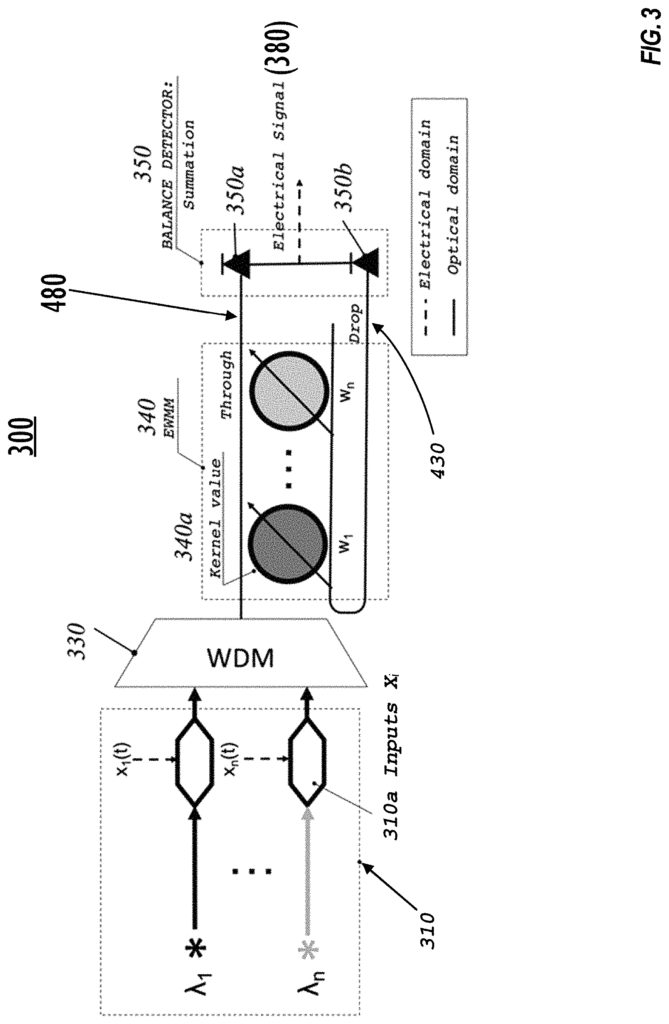Accelerate AI Processing with Photonic Speed and Precision
Introduction
In the race to build more powerful and efficient artificial intelligence systems, the processing speed of convolutional neural networks (CNNs) remains a critical factor. As AI applications grow in complexity, from autonomous vehicles to real-time data analytics, the need for fast, energy-efficient processing becomes even more urgent. Enter our optical convolutional neural network accelerator—an innovation that merges the power of photonics with advanced AI processing.
The Problem
Traditional electronic-based CNN accelerators, while effective, are approaching their physical and energy limits. They require vast amounts of power and often struggle to meet the demands of real-time AI applications that need both speed and accuracy. Data centers and autonomous systems are constantly challenged to balance the growing demand for computational power with the increasing costs and environmental impact of energy consumption.
The Solution
Our optical CNN accelerator takes a groundbreaking approach by leveraging light to perform data processing tasks typically reserved for electronics. This photonic-based system significantly reduces power consumption while dramatically increasing processing speed. Optical components can transmit data at the speed of light, allowing AI models to run faster, more efficiently, and with far lower energy requirements than traditional electronic accelerators.
Key Benefits
- Unmatched Speed: By using optical pathways for data transmission and processing, this accelerator can handle massive AI workloads in a fraction of the time it takes traditional systems. For industries relying on fast decision-making, such as autonomous driving or real-time analytics, this speed boost is game-changing.
- Energy Efficiency: Optical systems consume far less power than electronic counterparts, which not only lowers operational costs but also significantly reduces the carbon footprint of data centers and large-scale AI systems.
- Scalability: This technology is scalable, making it ideal for both small, AI-powered devices and large data centers. The optical components can be integrated into existing AI infrastructure, enhancing performance without requiring a complete overhaul.
- Versatile Applications: While primarily targeted for CNNs, this accelerator can be adapted to a wide range of AI applications, from image recognition and natural language processing to real-time video analytics and beyond.
Why License This Technology?
Licensing this optical CNN accelerator gives your company a competitive edge in AI processing. It offers a unique combination of speed, energy efficiency, and scalability that traditional electronic accelerators simply cannot match. As AI applications continue to expand, this technology positions your business to meet the growing demands of the future, while significantly lowering costs and energy consumption.
Conclusion
Optical technology is the future of AI acceleration. By licensing this innovation, you’ll be able to offer cutting-edge solutions that meet the speed and efficiency requirements of modern AI, setting your company apart in a rapidly evolving landscape.

- Abstract
- Claims
The invention claimed is:
1. A neural network, the neural network including a system on chip, wherein the system on chip comprises:
a photonic element-wise matrix multiplication circuit coupled to the coherent light source and the analog memory, wherein the photonic element-wise matrix multiplication circuit configured to:
2. The neural network of claim 1, further comprising a photonic inverse-Winograd transform circuit, wherein:
3. The neural network of claim 2, wherein the system on chip further comprises:
6. A method for accelerating computations for a convolutional neural network, comprising:
7. The method for accelerating computations for a convolutional neural network of claim 6, further comprising:
8. A photonic accelerator for a convolutional neural network, comprising:
a photonic element-wise matrix multiplication circuit comprising a plurality of microring resonators and a photosensitive balanced detector summation circuit and being coupled to the coherent light source and the analog memory, wherein the photonic element-wise matrix multiplication circuit configured to:
9. The photonic accelerator of claim 8, further comprising a photonic inverse-Winograd transform circuit, wherein:
11. The photonic accelerator of claim 10, wherein the photonic element-wise matrix multiplication circuit is further configured to:
Share
Title
Optical convolutional neural network accelerator
Inventor(s)
Armin Mehrabian, Volker J. Sorger, Tarek El-Ghazawi, Mario Miscuglio
Assignee(s)
George Washington University
Patent #
11704550
Patent Date
July 18, 2023
